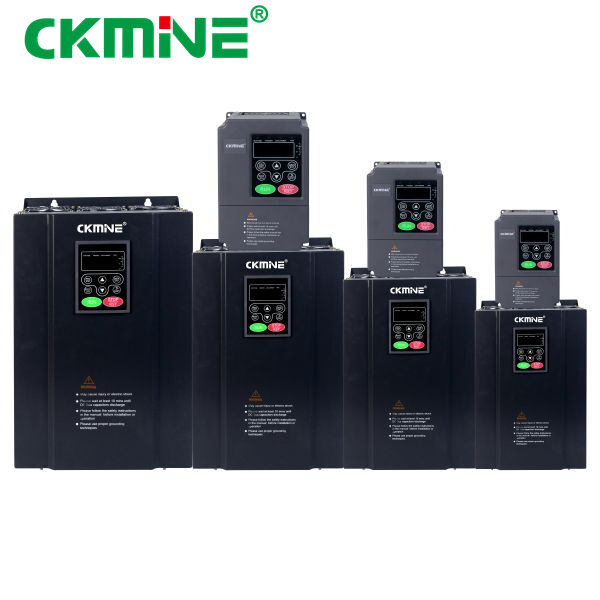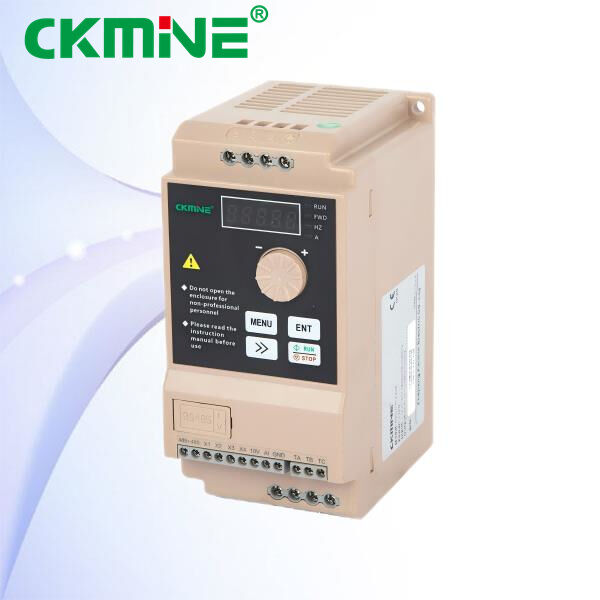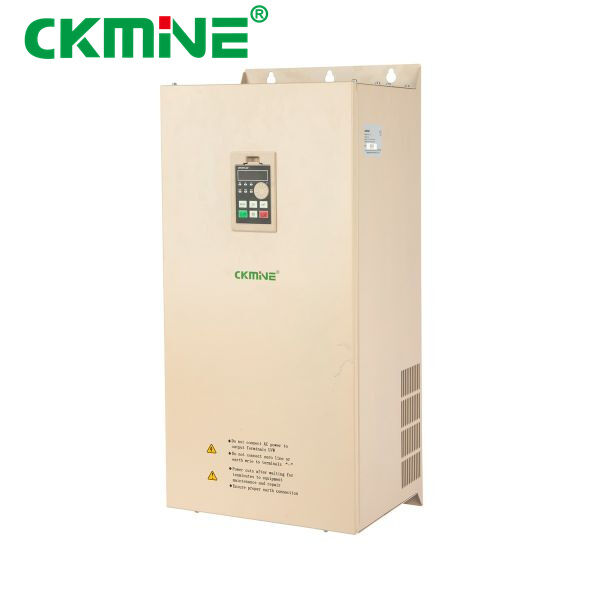There is a unique way to harness the sun’s energy to fuel your home that is known as an inverter solar power system. This system is composed of various components that work in unison to convert sunlight to electricity. You can then use this electricity to run lights, appliances and anything else in your home.
An inverter solar power system is a system that uses solar panels to capture sunlight and then converts it into electricity. Typically these solar panels are mounted on the roof of a home to capture the most sunlight. Sunlight strikes the solar panels, which in turn converts it to electricity via the photovoltaic effect.
Inverter solar power system can be really advantageous to have. One major advantage: it can potentially save you money on your electricity bill. Simply put, by leveraging the sun’s free energy to run your home, you can purchase less electricity from the power company. And that can result in big savings over time.

Inverter Solar Systems Science Inverter solar power system science is easy. Solar panels consist of small components known as photovoltaic cells. It’s these cells, which are constructed from certain materials that convert sunlight to electricity. When the sunlight strikes these panels, the electrons in the cells get shaken up. This induces an electric current. The inverter then converts this current into the type of electricity you can use in your home.

An inverter solar power system might give you independence from the grid too. This means you won’t depend on the power company for electricity. You make your own electricity, in other words, with the sun. That can be very useful in cases of a power outage, or when the electric company doesn’t necessarily have electricity.

While installing an inverter solar power system may take some up-front investment, ultimately it could save you money. You can save a lot of money with the power of the sun! Most governments also have incentives and rebates for purchasing solar power systems, which help to reduce the first cost. Most inverters will require dated generation meters for such feed ins, however over time these savings are cumulative and the cost of an inverter is quite minimal given its ease of installation compared to other power generation systems.